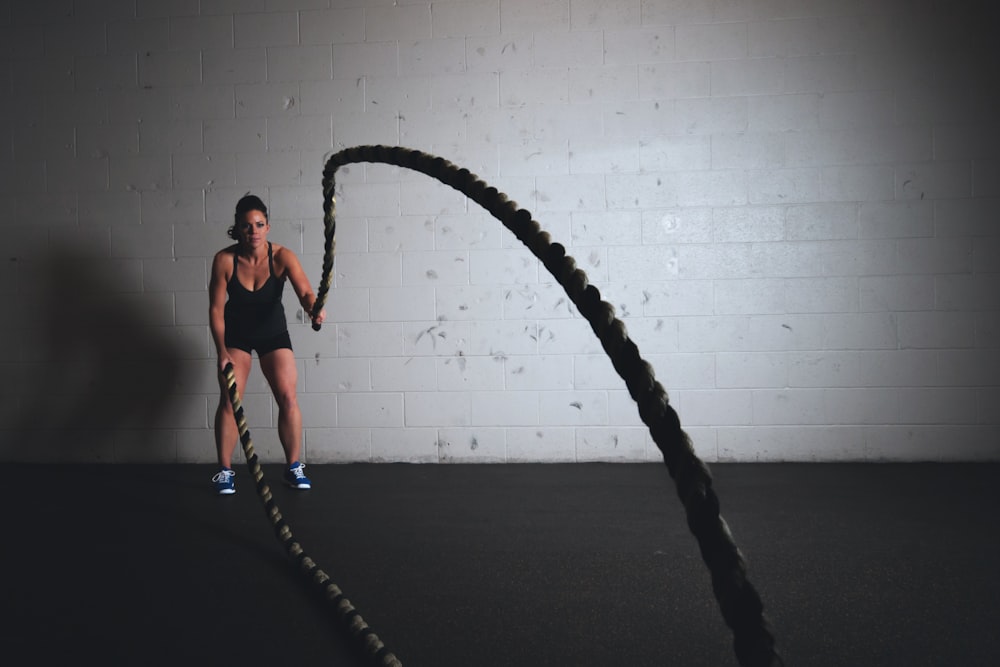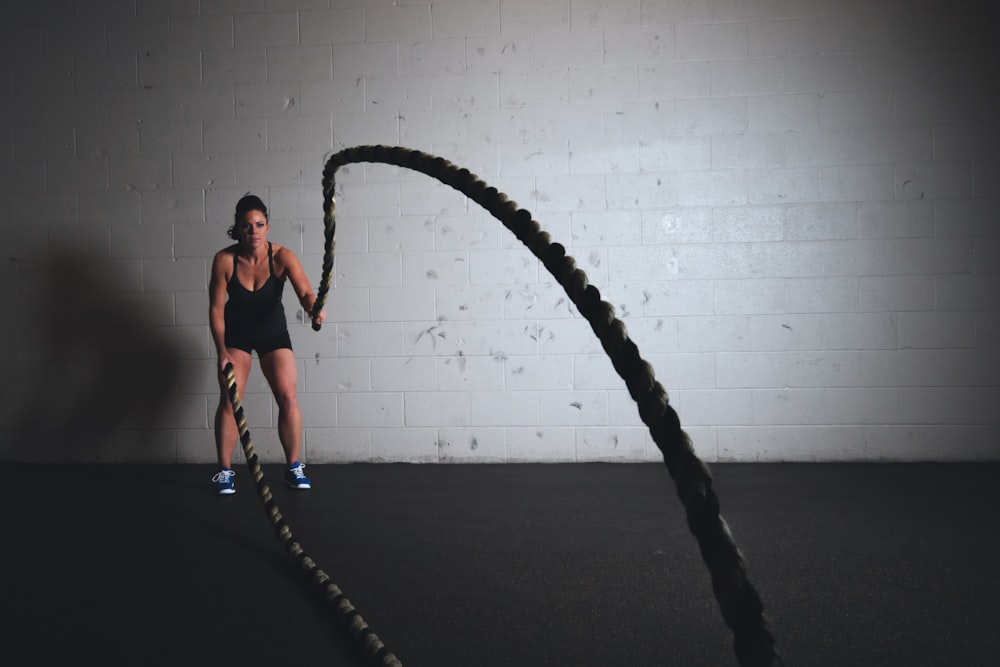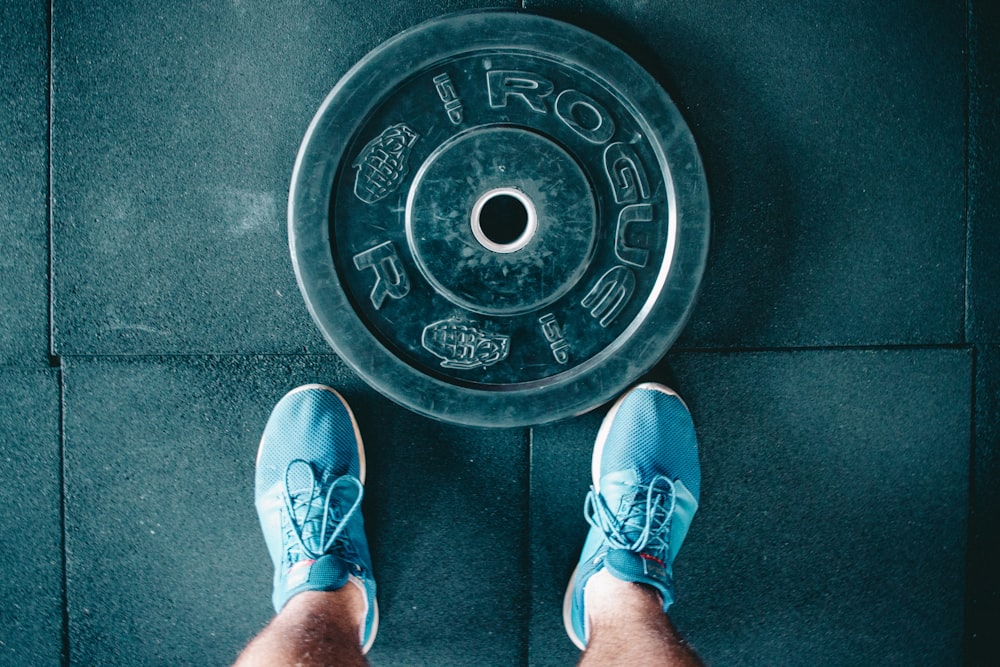Unlock Your Strength Potential with Full Body Resistance Training
Introduction: The Power of Full Body Resistance Training
In the realm of fitness, full body resistance training stands as a powerhouse method for sculpting muscles, boosting strength, and enhancing overall physical performance. This comprehensive approach targets major muscle groups across the body, offering a holistic workout experience that yields remarkable results.
Understanding Full Body Resistance Training
Full body resistance training involves engaging in exercises that challenge various muscle groups simultaneously. Unlike isolated workouts that focus on specific body parts, this method emphasizes compound movements, such as squats, deadlifts, and push-ups, to maximize efficiency and effectiveness.
The Benefits of Full Body Resistance Training
One of the key advantages of full body resistance training is its ability to provide a time-efficient workout without sacrificing effectiveness. By engaging multiple muscle groups in each exercise, individuals can optimize their gym sessions and achieve significant results in less time.
Moreover, this approach promotes functional strength, enhancing the body’s ability to perform everyday activities with ease. Whether it’s lifting groceries, climbing stairs, or playing sports, the strength gained from full body resistance training translates into real-life practicality.
Furthermore, full body resistance training contributes to increased calorie expenditure and improved metabolic rate. As compound movements recruit more muscles, they stimulate greater energy expenditure both during and after workouts, making it an excellent choice for those aiming to burn fat and build lean muscle mass.
Getting Started with Full Body Resistance Training
Before diving into a full body resistance training regimen, it’s essential to establish a solid foundation of proper form and technique. Beginners should start with lighter weights to master movements and prevent injuries.
Creating a balanced workout routine is also crucial. Incorporating a variety of exercises that target different muscle groups ensures comprehensive development and reduces the risk of overuse injuries. Additionally, integrating both strength training and cardiovascular exercises into the regimen promotes overall fitness and endurance.
Sample Full Body Resistance Training Routine
A well-rounded full body resistance training routine typically consists of compound exercises, such as squats, lunges, bench presses, rows, and overhead presses. Here’s a sample workout plan to get you started:
- Squats: 3 sets x 10 reps
- Deadlifts: 3 sets x 8 reps
- Push-ups: 3 sets x 12 reps
- Bent-over Rows: 3 sets x 10 reps
- Shoulder Press: 3 sets x 10 reps
- Lunges: 3 sets x 10 reps (each leg)
- Planks: 3 sets x 30 seconds
Progression and Adaptation
As you become more accustomed to full body resistance training, gradually increasing the intensity and resistance is essential for continued progress. This can be achieved by adding more weight, increasing the number of sets or reps, or incorporating advanced variations of exercises.
Listening to your body and allowing for adequate rest and recovery is equally important. Overtraining can lead to fatigue, decreased performance, and an increased risk of injury. Incorporating rest days and proper nutrition are essential components of a successful full body resistance training program.
Conclusion
Embarking on a full body resistance training journey can be a transformative experience, offering a pathway to strength, vitality, and overall well-being. By embracing this comprehensive approach and committing to consistency and dedication, individuals can unlock their true potential and achieve their fitness goals. Read more about full body resistance training















